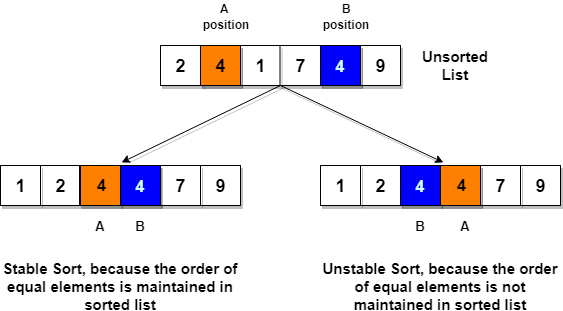Insertion Sort Implementation in Java
- The Tech Platform

- Nov 2, 2020
- 1 min read
public class InsertionSort
{
/*Function to sort array using insertion sort*/
void sort(int arr[])
{
int n = arr.length;
for (int i=1; i<n; ++i)
{
int key = arr[i];
int j = i-1;
/* Move elements of arr[0..i-1], that are
greater than key, to one position ahead
of their current position */
while (j>=0 && arr[j] > key)
{
arr[j+1] = arr[j];
j = j-1;
}
arr[j+1] = key;
}
}
/* A utility function to print array of size n*/
static void printArray(int arr[])
{
int n = arr.length;
for (int i=0; i<n; ++i)
System.out.print(arr[i] + " ");
System.out.println();
}
// Driver method
public static void main(String args[])
{
int arr[] = {12, 11, 13, 5, 6};
InsertionSort ob = new InsertionSort();
ob.sort(arr);
printArray(arr);
}
}Complexity Analysis of Insertion Sort
Even though insertion sort is efficient, still, if we provide an already sorted array to the insertion sort algorithm, it will still execute the outer for loop, thereby requiring n steps to sort an already sorted array of n elements, which makes its best case time complexity a linear function of n.
Worst Case Time Complexity [ Big-O ]: O(n2)
Best Case Time Complexity [Big-omega]: O(n)
Average Time Complexity [Big-theta]: O(n2)
Space Complexity: O(1)
Resources: Studytonight.com
Interviewbit.com
The Tech Platform






Comments